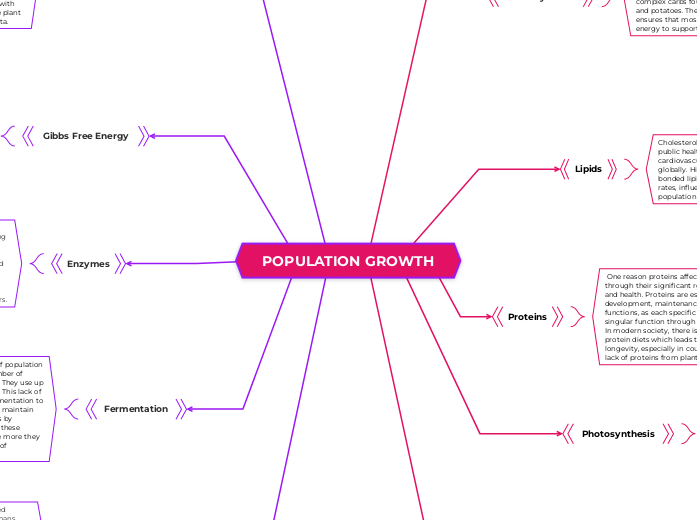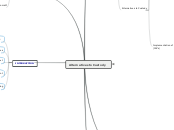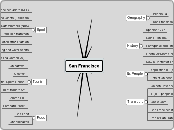por Sarok Jalal hace 5 meses
61
POPULATION GROWTH
The growth of the global population drives a chain reaction affecting various aspects of life and the environment. As the number of people increases, there is a corresponding rise in the demand for energy, which leads to more industrial processes requiring significant energy input.









